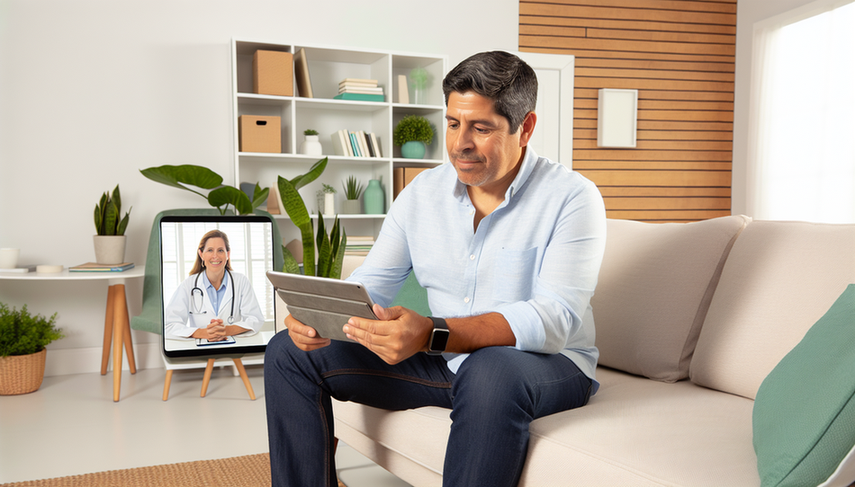Home Care and Telehealth: Remote Patient Management Strategies for Effective Postoperative Follow-Up

Home care and telehealth have emerged as crucial tools in remote patient management, particularly in the context of postoperative follow-up. With advancements in technology, these strategies enable continuous and personalized monitoring, enhancing patient quality of life and optimizing healthcare resources. In this article, we will explore how these practices are transforming postoperative care and the benefits they offer to both patients and healthcare professionals.
Diving into Remote Management of Postoperative Follow-Up
The use of telehealth in postoperative follow-up has proven effective across various surgical fields. For instance, a study on remote follow-up after cataract surgery suggests that teleconsultations and self-assessments can serve as a valid alternative to in-person consultations, reducing the use of hospital resources without compromising patient safety [1].
In the realm of bariatric surgery, patients have expressed satisfaction with follow-up through telenursing, highlighting accessibility and continuous support as key factors for successful recovery [2]. Additionally, the use of mobile applications for monitoring patients after anterior cruciate ligament reconstruction has significantly reduced in-person visits, generating savings for both the healthcare system and patients [3].
Automated remote monitoring has also shown benefits in postoperative follow-up during the COVID-19 pandemic, allowing for early detection of medication errors and improved pain management [4]. These examples underscore the importance of integrating technology into postoperative care to enhance clinical outcomes and patient satisfaction.
Conclusions
The implementation of remote patient management strategies through telehealth in postoperative follow-up offers multiple benefits, including reduced in-person visits, optimized resources, and increased patient satisfaction. As technology continues to advance, it is crucial for healthcare professionals to consider these tools as an integral part of postoperative care, adapting clinical protocols to maximize their effectiveness and accessibility.
Referencias
- [1] Remote follow-up after cataract surgery (CORE-RCT): study protocol of a randomized controlled trial.
- [2] Patients' experiences of telenursing follow-up care after bariatric surgery.
- [3] Conventional Follow-up Versus Mobile Application Home Monitoring for Postoperative Anterior Cruciate Ligament Reconstruction Patients: A Randomized Controlled Trial.
- [4] Post-discharge after surgery Virtual Care with Remote Automated Monitoring-1 (PVC-RAM-1) technology versus standard care: randomised controlled trial.
Created 23/1/2025
